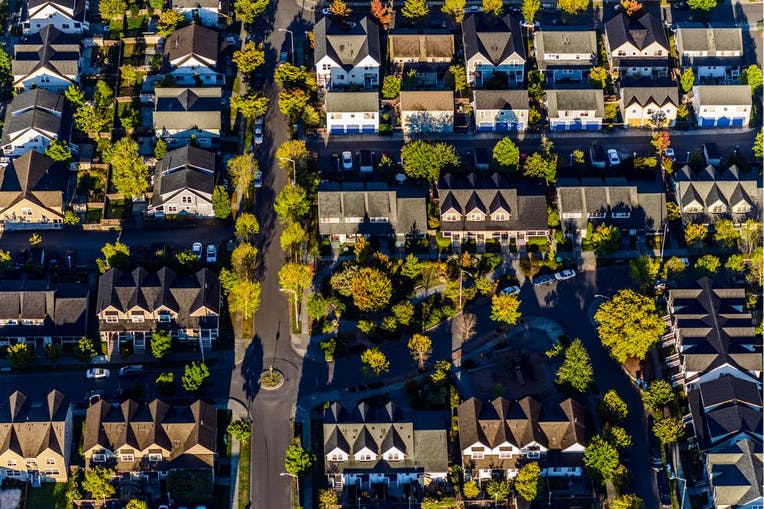Friends and colleagues mean well when they tell you about the benefits of living in their community. There are the quiet coffee shops, outstanding restaurants and popular parks that can help punctuate life.
They sound like a nice place to establish roots, right?
When planning to make the largest purchase of their life, buyers may want to take a closer look at what is taking place in the neighborhood beyond coffee, food and scenic locations. To truly know the neighborhood, future owners may wish to check out what takes place at many segments of the day and different days of the week.
Thinking about the characteristics of a neighborhood is a big factor when deciding to live in a new home, and it can sometimes be forgotten when focused on what’s within the four walls. Remember: Location should be a big factor too!
Here are four tips to consider when weighing a move to a less-familiar part of town:
Spend time in the area
You can’t get to know a neighborhood until you live there, right? Wrong. Spending time in the area before you fully commit to a property will add a new dimension to your decision. Visit on weekends and weekdays, go to popular locales and walk around to get a feel for the area. Think about whether the area would be nice both in summer and winter, at the height of the school year or quieter times.
Give your commute a test run
If you are going back to the office soon, it’s worth seeing what your commute would be like. Google Maps can give you an estimate but it’s well worth investing in a few morning and evening drives to determine the type of traffic and even coffee or gas-station pit stops you may want to spy before taking that commute for real.
Think about what’s important to you
Just as you create a list of wants and needs for a new home, take the time to think about what you’re looking for in a neighborhood. For example, if being close to restaurants or parks is important to you, then look for a community that has these amenities. Also, take advantage of the Walk Score to better understand local walk, transit and bike rankings for the immediate area.
Talk to neighbors
Who are better experts than the people already living there? The neighbors can provide valuable information about a property and what it’s like to live in the area. Don’t be shy: Approach some of the residents and ask if they would mind answering a few questions. I bet the obvious first question – “What’s it like living here?” – will produce a wide range of responses. Ask residents if they had to do it all over again, would they have chosen the neighborhood and why. Those answers will offer great insights.
In a 2020 blog post, I took an analytical approach to rate neighborhoods and score each area visited on a 1-100 basis. A scorecard, suitable for printing, has been downloaded dozens of times by interested buyers and is available to you as well.
Happy house- and neighborhood-hunting!




